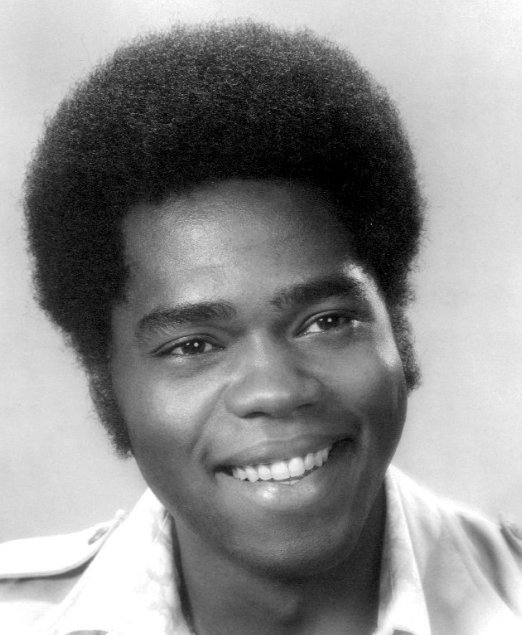Early 2024 saw the British royal family rocked by news of severe health issues. Buckingham Palace announced on Jan. 17, 2024, that King Charles III was scheduled to undergo hospital treatment the following week for an enlarged prostate. The next day, his wife, Queen Camilla, said Charles was feeling “fine” and “looking forward to getting back to work.”
That same day, Kensington Palace revealed in a statement that the Princess of Wales, Kate Middleton, had undergone abdominal surgery at the London Clinic scheduled the day before. It said the surgery had been “successful” and that the princess would remain at the hospital for a 10–14-day recovery period.
News of the pair’s hospitalization led to an outpouring of well wishes and support from their supporters across the world. However, things turned out to be as saddening as anyone could have expected when Kate announced that she’d been diagnosed with cancer.
Kate hadn’t been seen publicly for some time as she underwent preventive cancer treatment. It was not until June 15, 2024, that she gave a significant health update to the public by releasing an updated photo of her in the forest and a message of reassurance. That same month, Kate also appeared for the first time in months at the 2024 Trooping the Colour parade.
As fans continued to pour messages of support for the Princess of Wales, she was spotted again at Wimbledon on July 14, 2024, with her daughter, Princess Charlotte. Keep reading to learn more about Kate’s public outing and how the public perceived her appearance.

On June 15, 2024, Kate finally gave the public the highly-awaited update they yearned for. In a photo uploaded by Kensington Palace’s social media accounts, a hopeful-looking Princess of Wales looked up above as she stood under a big tree in the forest.
In her message, Kate said she had been “blown away” by the messages she had received in the past few months.
“It really has made the world of difference to William and me and has helped us both through some of the harder times,” she said.
According to Kate, she’s “making good progress” already. However, she pointed out that “as anyone going through chemotherapy will know, there are good days and bad days.”
“On those bad days you feel weak, tired and you have to give in to your body resting. But on the good days, when you feel stronger, you want to make the most of feeling well,” Kate added. “My treatment is ongoing and will be for a few more months. On the days I feel well enough, it is a joy to engage with school life, spend personal time on the things that give me energy and positivity, as well as starting to do a little work from home.”
Kate received the warmest welcome back at Trooping the Colour. Wearing a classy white ensemble complete with a broad hat, the princess flashed her famous dimpled smile to the cheering crowd. According to one lip-reading expert, Kate also appeared to keep her children in line with some instructions.
According to The Mirror, Kate could be seen at one point telling Prince George, Princess Charlotte and Prince Louis to “stay there, OK?” before leaning down to her daughter to say:
Kate’s appearance at Trooping the Colour had people thirsting to see her more publicly. On July 14, 2024, the Princess of Wales surprised everyone when she appeared at Wimbledon. She was accompanied by her only daughter, Princess Charlotte, and they were met with a warm reception by event organizers before heading to the Royal Box at Centre Court to watch the men’s singles final – a match between Carlos Alcaraz of Spain and Novak Djokovic of Serbia.
On the Prince and Princess of Wales’ social media accounts, they shared a video of Kate, wearing a beautiful purple dress, meeting and shaking hands with some of the players and other key people at the sporting event.
“Congratulations @carlitosalcarazz on your remarkable victory. Thank you to everyone who works so hard to make @Wimbledon the spectacle that it is. 👏 🍓 🎾,” the caption read.
A carousel of photos and videos shared on the account shows Kate and Charlotte being greeted by hundreds of people as they sat at the Royal Box at Centre Court. Wimbledon’s official X account also showed a video of Kate responding to the standing ovation she was given.
The photographer who took Kate’s photos, described to People what he had witnessed at the time.
“When [Kate] usually comes in, she walks down the steps and into her seat. She doesn’t normally stand and wave. But she stood for a while and took it all in. For her to acknowledge it and take in the applause was special,” photographer Karwai Tang said.
Similarly, people expressed their enthusiasm upon seeing Kate in high spirits at the sporting event.
“The ovation was Amazing, so happy to see the Princess so happy whishing her health! 💜💜💜💜,” another commented.
“Absolutely beautiful and back her caring lovely self 💗 so great she could be there for the players,” a second person wrote.


















